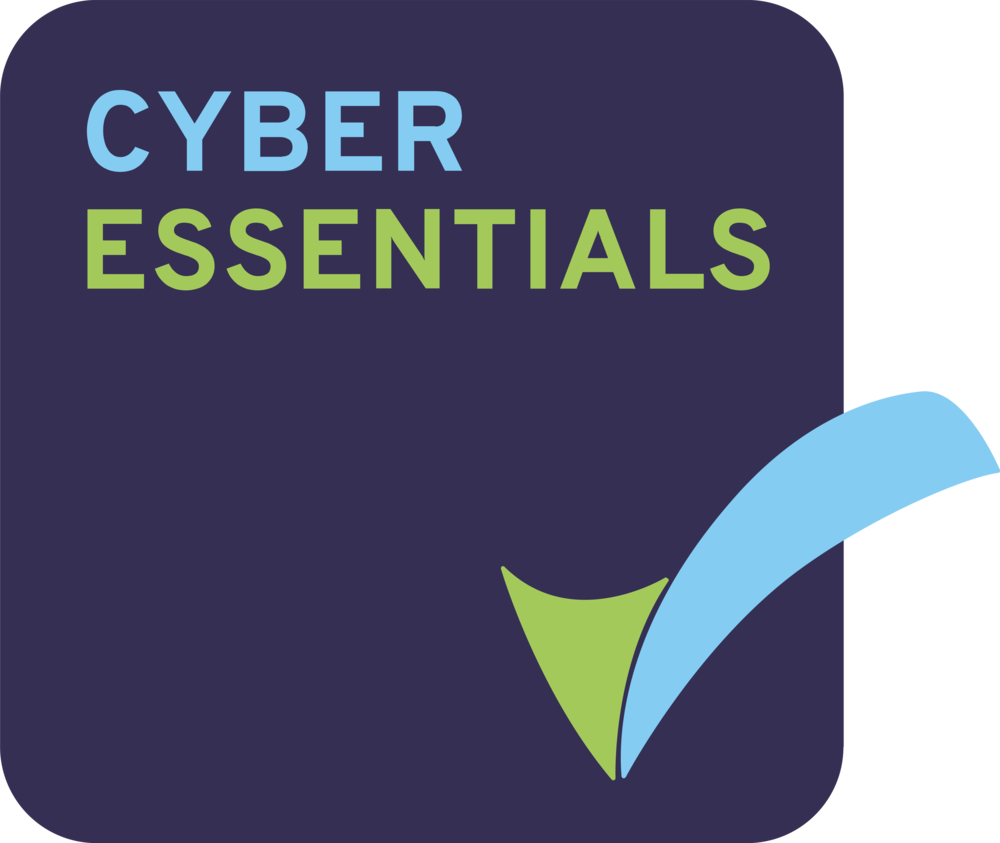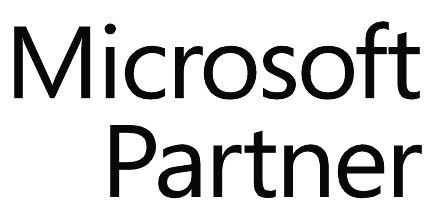In order to meet customer demands, workforce planners need to make sure they have the right number of agents with the right skill sets available at the right time. And this starts with having the right resource planning and workforce planning techniques in place.
With customer contact channels increasing (email, web chat, SMS etc.), workforce scheduling and workforce planning has become a complex and labour-intensive job. Let’s not forget to throw into the mix variables such as absenteeism, holidays and staff-work preferences. Spreadsheets and Erlang C tables can still work well in helping you schedule if you are a small contact centre.
However, if you’re a contact centre managing multiple different contact and skill types, it’s important to remember that excel will fall short in many areas and this is where you will need to introduce a Workforce Management system.
TIP: If you’re deciding on whether it’s time to move away from spreadsheets for organising your workforce planning, complete our WFM ROI calculator to see the potential savings.
Brought to you by our team of experienced WFM consultants, here are our top resource planning techniques to get you through those peaks and troughs:
1. Types of WFM Scheduling To Consider
Considering different types of shift patterns and scheduling can be a huge benefit to ensuring your service levels are being met whilst also providing work patterns that are in line with your employee’s work/life balance. Below we’ve listed the different types of workforce planning shift patterns and the pros and cons of each for you to consider:
Split Shifts
Shifts with an early segment followed by an extended ‘lunch’ (>2hrs) followed by a late segment
- Pros
– This can help with covering start and end of the day coverage
– Provides flexibility for employees with children at school for example - Cons
– Has been shown to be very unpopular with ‘regular’ contact centre workers
– The benefits of the ‘extended lunch’ are more than offset by the disadvantages of the shift span
Rotations/Rota
Employees work a repeating consistent pattern of shifts over a period of multiple weeks
- Pros
– A well thought out rotation can give excellent shift coverage
– It is the ‘fairest’ and employees can plan their life around work - Cons
– Potentially zero ability to react to customer changes without employee agreement
Flexi Shift
Contracts are based on allocating hours at short notice to cover peaks
- Pros
– You get flexibility you need for last minute changes - Cons
– Employees have little control and cannot plan their life schedules around work
Shift Trading
Allowing agents of same or similar skills to swap shifts
- Pros
– You keep control of your schedules
– Employees are given some degree of control over their schedules - Cons
– Can penalise highly multi skilled employees
For more information on WFM Shift Trading, check out our article: Workforce Management – Shift Trader
Preference Based Scheduling
Employees express a preference of when they would prefer to work and the WFM application tries to accommodate
- Pros
– In theory the majority of time employees spend at work, is when best suits their life schedules - Cons
– Has been poorly implemented in most systems (e.g. system doesn’t schedule you at all if you do not express a preference; system gives you a random shift if your preference isn’t available rather that ‘next best’)
Tip: When scheduling, make sure you take agent skill, specialisation, preference and type of calls handled into consideration.
Related Content [Case Study]
Royal London Boosts Employee Engagement Score to 83% with WFM
2. WFM – Scenario Planning
Another popular resource planning technique is scenario planning. Some Workforce Management tools allow you to run ‘what if’ scenarios which will improve your risk level.
An example where running a ‘what if’ scenario can come in handy is when you may have increased demand on the business and you need to factor this in when resource planning. Let’s paint a picture – your organisation wants to take on a new contract which will mean demand will increase.
If you win, will your contact centre be able to cope? Do you have the capacity and if not how many more people will you need to make ends meet? Running a ‘what if’ scenario will help you identify the impact this will have on your business such as how much more staff you need and when you will need them.
Here are some more examples where running ‘what if’ scenarios could come in handy:
- Opening Hours – You may want to find out the impact on your contact centre if you extended working hours
- New Product Launch – You may want to find out the impact of launching a product and what the implications would be on the current resource
- Process Change – You may want to change an internal process and would like to know how this may impact on handling time
For more information on running ‘What If’ scenario planning, check out our article: What-If Scenarios – How Can They Help You Plan & Schedule?
3. Be Pro-Active For When the Unexpected Occurs – Resource Planning Techniques
Sometimes, despite factoring in accurate volume, scheduling and workforce planning in your contact centre, life is unpredictable and the unforeseen can always occur. Here are some resource planning techniques to keep in mind for when this happens:
Technical Techniques
- Templates – Many Workforce Management (WFM) tools allow you to keep call profile and volume templates ready. These templates mean you can use the same or similar data when re-occurrences happen. You can then adapt your forecasts accordingly and won’t need to start from scratch saving you precious time and resources.
- One click re-optimisation – Many WFM tools also come equipped with the ability to re-allocate agent activities, lunches, breaks etc. (within user driven criteria) for when the unexpected occurs.
Strategic Techniques
- Emergency scripts – Consider putting together multiple emergency scripts for different scenarios. This will ensure the issue is articulated by all in a consistent manner and will also keep your talk time consistent.
- Set a boundary – Agree on a service level alert threshold which when breached will require urgent step by step actions (prepared beforehand). A reliable alert process is also key in ensuring you are updated throughout the whole event. This can be through wallboard notifications or SMS messages for example.
- Measure the impact – Make sure you keep track of what went wrong and what went well. Don’t forget to evaluate the process after the event. If something could have been executed better, then adjust your processes for future references. And vice versa!
- Consider putting together a matrix with two sides – One side holds all the seasonal events which happen throughout the year such as sport events, holidays, annual busy period etc. You are expecting these. The other side holds events which are unpredictable yet the impact of them could be huge. These events could be IT outages, weather or major billing errors in your centre. This will ultimately help you determine how these events, whether seasonal or unpredictable can be incorporated into your scheduling strategy. When listing these events, for each one ask yourself the following questions:
- How far in advance do/would we know about it?
- How big would the impact be on our shift plans and ultimately our contact centre service delivery?
For more information on workforce planning techniques, check out our article: Preparing for fluctuating contact volumes with WFM
Summing Up – WFM Resource Planning Techniques
Regardless of the industry you operate in, there are changing expectations from consumers. Consumers are demanding a level of service which is above and beyond and they will not settle for much less. Smart businesses have come to realise that improving their resource planning capabilities and looking for feature rich call centre software technologies such as Workforce Management to help them do just this, sits high on the list of variables paving the way for exceptional customer experience.
If your looking for advice on your resource planning strategy, our team of experienced WFM consultants will be able to help so get in touch today.
What Makes Our Workforce Optimisation (WFO) Team Unique?
- Over 50 years worth of experience across the team working within the Workforce Management/WFO industry.
- Real-life experience in the team using a vast array of WFM solutions on the market today (e.g NICE, Teleopti)
- Working various roles including BI Analyst, Workforce Management Analyst, Resource Planning Manager and Head of Real-time.
- Experience working at companies including Virgin Media, FCA, Barclays, Vodafone & Royal SunAlliance.
- Delivered professional services to companies including Halfords, Eurostar, Equiniti and Royal London Group.
For more information on WFM, check out our article: What are the most popular Workforce Management solutions?






